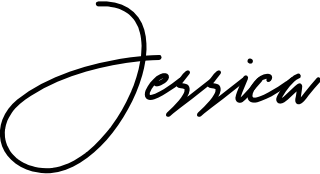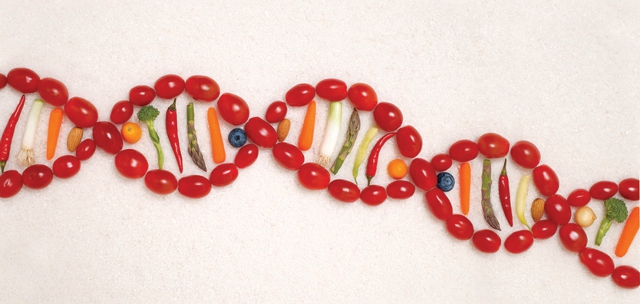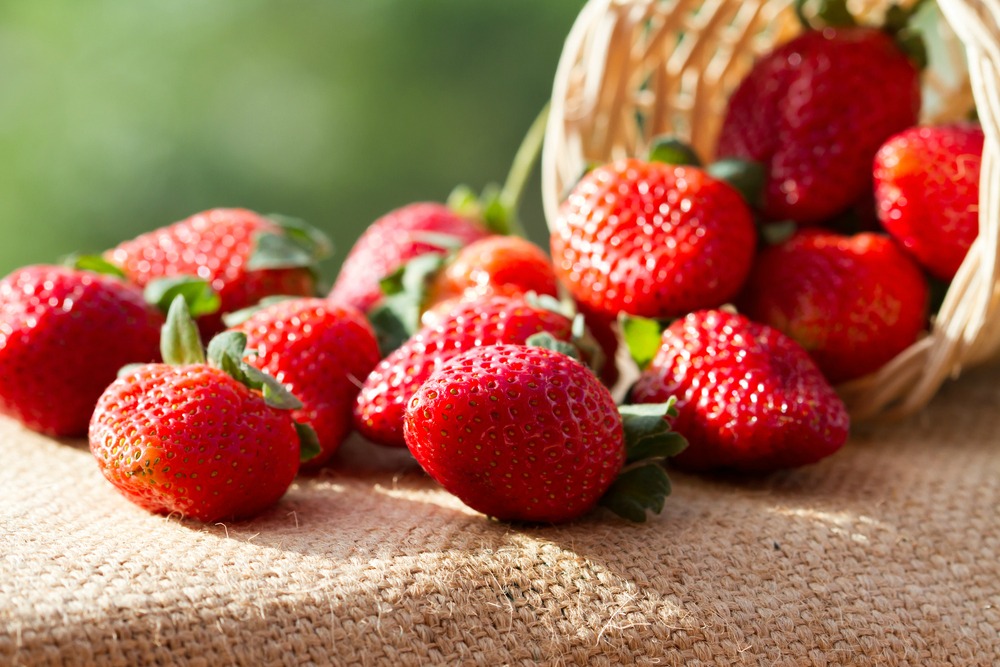
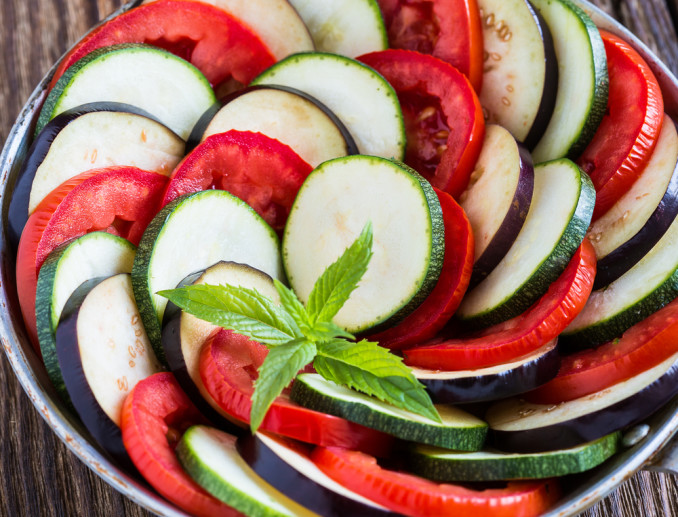
Last time around, we talked about how to transition into a plant-based diet with acclaimed speaker and author Colleen Patrick-Goudreau.
Right after we published that long-awaited article on where you get your protein and calcium on a plant-based diet, the next questions became:
“What about ex-vegans who came out and said that veganism made them sick?”
“Isn’t veganism too extreme?”
“How can I craft my plate now that I don’t have a main course of meat anymore?”
Today, we’re back with Colleen again and we’re going to address:
- Why is veganism perceived as an unhealthy obsession or cult by some?
- Do you need to return to eating meat after a period being on veganism?
- Is plant-based diet a panacea?
- What is the one principle that Colleen sticks by to maintain a healthy plant-based diet? (And why Colleen doesn’t believe in rigid plans and formula)
- How do you craft a plant-based meal so you are getting all the nutrients you need?
- What is one simple easy plant-based dish people can make?
Let’s continue our discussion.
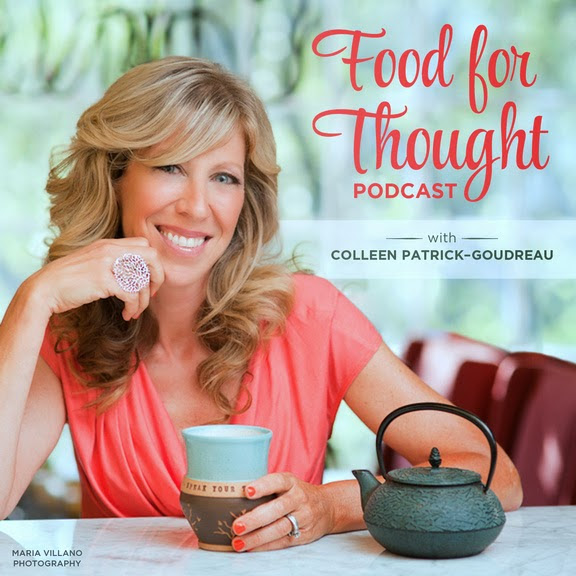
Q: What are the other biggest challenges and objections people face when they first explore veganism? And how do you suggest them overcome these challenges?
Colleen Patrick-Goudreau: I think the biggest one has nothing to do with food. It has nothing to do with cooking. It has everything to do with the social aspect.
We are social creatures – not all of us have the same personality; not all of us are able to articulate what food means to us; not all of us are able to deal with social pressure associated with food.
As a result, I think this aspect becomes the difference between someone staying vegan or not. That’s why I spend a lot of my work talking about finding your voice and speaking your truth – literally learning how to communicate in a way that is empowering and truthful for you, but that also keeps relationships.
And some relationships might fall by the wayside because that’s just life. However, there’s been such a misconception that if you speak for what you want or talk about veganism truthfully, you put people off. People then become afraid to offend someone, and they stop speaking their truth.
Again, what I think we can do is to learn to speak about our choice of veganism in a way where we feel really comfortable and empowered, but also keep relationships. I know this is possible, because I live it and I see people develop these skills.
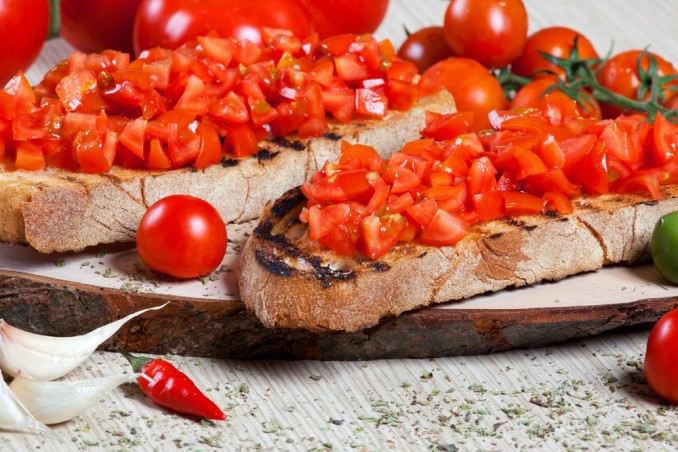
It’s not trying to put other people off. So there is a difference between setting out to offend someone, and offending someone because of who we are.
We can’t do anything about the latter but we can do something about the former. My suggestion isn’t to go out and offend people or say things like, “I’m vegan, you’re not and so you’re a horrible person. I’m better than you,” or even insinuating this in terms of judgment or the way we talk about it.
So there are ways to talk about being vegan that could make sense to someone else. There are ways to talk about being vegan that’s meant to make someone else feel bad. And I do not suggest those things.
But there are also other ways to talk about being vegan. And if someone else does feel bad, that’s not our burden to carry. It is the social aspect that really trips people up more than anything and for me, the answer to that… is learning to communicate in a truthful and compassionate way.
Q: Do you have a suggestion on how to communicate in a compassionate way, especially when you’re sharing a meal with a meat eater?
Colleen Patrick-Goudreau: If someone asks, “Why are you vegan?”
Don’t say “Because it’s incredibly cruel; meat is a terrible industry and why would I want to support that?” You know, this can turn someone off, especially if someone is eating animal flesh right there in front of you. That would be awkward.
Do say something along the lines of “I’m vegan because it’s aligned with who I am. I didn’t know that I was contributing to violence against animals. I ate animals for so many years, but when I found out that I was contributing to something that was hurting others there was no other choice but to stop.”
So the dialogue really keeps it about me and that’s definitely one communication skill that I teach people. Talk from your viewpoint; tell your story. No one can say you’re wrong, no one can argue with that and I’m not judging you. I’m saying this is my experience; this is what’s true for me.
Look, some people may just get upset if you say I’m vegan, period. That’s all you have to say and some people could say, “What, you think you’re better than me?” “No. All I said was that I’m vegan.”
And that’s when we have to go all right, they’ve got their own stuff, they’re defensive for whatever reasons. However, that’s not your problem. Also understand that they’re coming from a defensive place.
If the other party is coming from a defensive place, it’s most likely because they are uncomfortable about something. So what we could do is to take the compassion we have for animals and think, “What’s going on with this person being so worked by me saying I’m vegan?” and how can I have compassion for them?
It is about speaking from the heart. It’s also about having compassion for the people that we’re talking to and remembering where we came from.
Because if we remember that we also had a journey – there was a time when we ate animals and had no idea what we were doing, or still on a journey, then we’re also able to understand someone we meet who is still eating animals and didn’t know what they’re contributing to. This understanding allows us to be much more compassionate.

Q: Sometimes I feel that veganism has become the culprit to blame for “extremism”, “cult-like and unhealthy behavior,” especially from the media, meat eaters and people who follow the Paleo diet. Do you have any thoughts on that?
Colleen Patrick-Goudreau: Of course I do. Veganism is the easy scapegoat because it threatens the very fabric of our entire culture.
I say that because it’s so dramatic but it’s really what’s happening. The dominant culture is an animal-eating, egg-eating and dairy-eating culture, right? For a vegan to come along, just exist, just say “I’m vegan” literally rocks the boat.
Everything was fine. They were making unconscious choices, letting someone else kill the animals for them, not thinking too deeply about what they are contributing to. And then you come along, and you mirror back to me there’s something wrong with what they’re doing.
Just by saying, “I’m vegan, me.” I’m mirroring back to the dominant meat-eating culture that there is something wrong with what they’re doing.
And what happens is people get pretty upset about that. That’s why all you’ll have to say is, “I’m vegan” and it stirs up emotions. It feels very personal, especially, because this tends to come from family and friends.
The defensiveness, the hostility, you’re saying media. Sure but it is the personal stuff … That’s where it feels really visceral for people.
The media does it too. It is so easy to jump on the, see, see, veganism is unhealthy because what… someone didn’t feed their child? You know, the abusers starved their child most likely because they were abusive people, not because they were vegan. It is easy to glom on to those stories that are few and far between.
It’s just easy. It’s a good story. That’s why the media jumps on it. The culture is threatened by anything that’s going to change what’s comfortable.
Ultimately, I think the main reason people resist becoming vegan is because they do not know what to expect. It is the change that scares the heck out of people. People set their lives up so they don’t have to change.
We’re habit-oriented creatures and we don’t like change very much. And the reason I think people resist becoming vegan, literally resist it where they go, “I don’t want to know,”… literally, is because they know that as soon as any information gets into their heart or eyes or ears, they’re going to be compelled to change and it’s the change that they’re afraid of.
Q: That’s deep! Can you also comment on a few of the ex-vegans who came out and said that meat eating made them healthier again?
Colleen Patrick-Goudreau: First, there’s a huge spectrum of vegans. I don’t know how these people were before they decided to stop veganism. I have no idea.
You can so easily come out and say, “I tried. I did the best way possible. I made the best choice and I still feel crappy. So veganism is to blame.” So that’s again an easy scapegoat, isn’t it?
If someone is a public figure, they’re not going to come out and say “I’m not vegan anymore. I’m going to eat meat even though I know I’m harming animals, myself and not doing the best thing for the planet?”
These ex-vegan public figures are not going to do this. They’re going to have to justify their behavior in such a way that allows them to sleep at night and still have credibility with their followers.
So it’s too easy to come out and blame veganism. They have to do that in order for them to justify their change. Do I think they could have stayed vegan and worked within the plant kingdom to find what they need and deal with their health issues? Absolutely.
I think ultimately for whatever reasons, probably social reasons, the ex-vegans felt compelled to continue to eat animals and they have to justify by saying that veganism is unhealthy in order to sleep at night, to justify it.
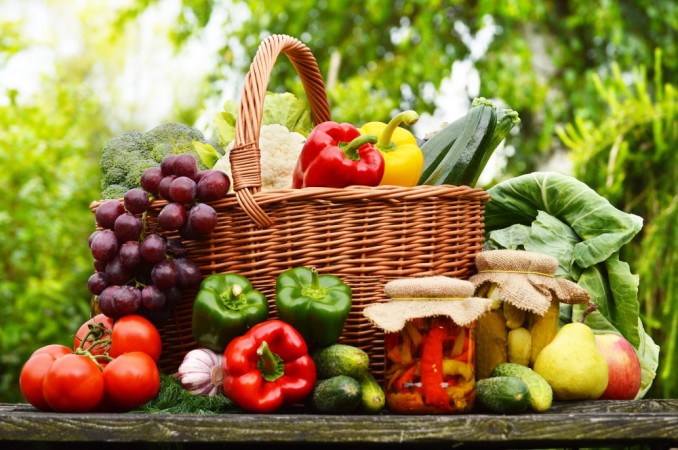
Interviewer: Okay.
Colleen Patrick-Goudreau: I was only referring to ex-vegans who have been public figures, chef, expert, or/and writer. But then that’s just your average person and I will say this.
One thing that does happen, when people stop eating animals and a fully plant-based diet, is that they’re eating fewer calories because there are more calories in fat than in protein and carbohydrates.
When you stop eating animals or products derived from animals, you’re really reducing a lot of fat. You’re eating the same amount of food but constitutionally, they are made of different components. The food is different because it’s not as fatty.
For the most part, I hear that people who transitioned into veganism have lots of energy: it’s fabulous and wonderful. However, for some people, I think this has to do with not eating enough calories.
That’s why I always recommend to people to eat more calories from plants – fruits and vegetables – and you can do that very healthfully by increasing your food intake volume wise.
For instance, you can eat higher caloric and fat plant foods like avocados, nuts and seeds, that kind of thing.
The other thing I will say is that it’s just sometimes funny is that we want to use veganism as an excuse for everything and I kind of also believe that on the flip side: I don’t believe being veganism is a panacea.
A lot of people become vegan for 30 days. 20-days after being vegan, they think, “This is what veganism looks like. Look at how strong and beautiful I am. You know, whatever.”
You’ve been vegan for 20-days, you’re probably strong and beautiful before you became vegan. Veganism is going to help you but let’s not make it seem like everything that happens is good because we’re vegan. And I’m saying this from a dietary perspective.
On the contrary, people would think that everything that goes wrong with them is also because they are vegan. So I think we can put a little too much weight on our day-to-day dietary habits that make people go, “Oh I was vegan for two months and I was getting so sick that I need animal protein.” I don’t think so. That’s not how it works.
I think veganism just becomes the scapegoat for people.
Q: So how would you suggest people to actually craft a dish so that they are getting an adequate amount of nutrients being vegan?
Colleen Patrick-Goudreau: That is definitely one challenge for people when they become vegan because they are used to a plate having meat on it and then side dishes.
So we’re so used to that plate looking like that, meat and then some side dishes.
First, it does not necessarily have to be a one-for-one protein replacement because you’re getting way too much protein in the animal protein anyway.
When you take that big animal protein away, what happens? You’ve got this plate that has an empty spot and then you’ve got some side dishes. People go, oh you only eat side dishes or you only eat salad. Right?
We are used to having a focal point. I recommend that people still create a focal point by stuffing a squash, tomato, or pepper. It could be putting something in a ramekin, or a stuffed a corn husk… something that creates this really beautiful focal point on the plate because that’s what we’re used to.
The other thing that I recommend people do is think about cultures and cuisines around the world where people don’t plate their food the same way we do. Look at cultures around the world, Asian, African, Thai, Ethiopian, and Indian food for example. They do not plate their food with just meat.

They’ve got a plate filled with what we call side dishes: the leek, lentils, greens, and vegetables. I’d recommend that people find a way to create a focal point on the plate, and give themselves the permission to have a plate filled with what we call side dishes. Think differently about what the plate is supposed to look like.
When you do that, you’re filling your plate with nutrient rich food because all the nutrients are in the plants.
Now, do you want a higher-protein plant food? Add legumes, beans, lentils, tofu, etc. Just by filling your plate with all of those different categories (i.e. the legumes, lentils, vegetables, greens, mushrooms, etc.) you’re getting all of the nutrients that you need, both the macronutrients, but also the phytonutrients.
The color is what holds all of the phytonutrients or the phytochemicals that we get. So you don’t have to obsess so much about doing a one-for-one replacement but I think that’s helpful in terms of just visual construction and rethinking the way the plate looks.
When you’re filling a plate with all these plant foods, you’re getting all of those nutrients that you need.
I gave you general answers because I want people to think about this issue differently. I don’t want to just say, “Oh here’s a formula. Here’s what you have to do.”
I want people to figure it out based on the principle of eat whole foods, foods in their whole state as much as possible, and eat by color.
Because that’s the principle that I live by and that’s what I teach.
I think that’s so much better for people than having people follow rigid plans.
Q: Lastly, can you elaborate on an example of a vegan dish people can plan ahead to save time?
Colleen Patrick-Goudreau: I think any kind of soups, stews or one-dish casserole kind of thing. I make a lot of stews and soups so it could be just as simple as some kind of vegetable soup with greens.
Lentil soups are super, super easy and it’s something you can throw in a crock pot and leave the whole day. When you come back, you’ve got a delicious soup. So I think lentils are the easiest thing people can start cooking if they are not used to them; they don’t have to be soaked like beans do.
Lentils cook really quickly; they cook in 20 minutes. You can throw some brown lentils, carrots, onions, vegetable broth, and greens in a pot and you’ve got a fabulous full dinner. Incredibly nutrient rich, really, really filling and very comforting.
Q: Awesome. Thank you very much for your time.
This is the end of our interview with Colleen.
For the full video interview please see below:
About Colleen Patrick Goudreau: Colleen Patrick-Goudreau is the Founder of the 30-Day Vegan Challenge, an acclaimed speaker, award-winning author of six books, and multimedia host of inspiring podcast, Food for Thought. Colleen is also a regular contributor to National Public Radio and has appeared on The Food Network and PBS.

